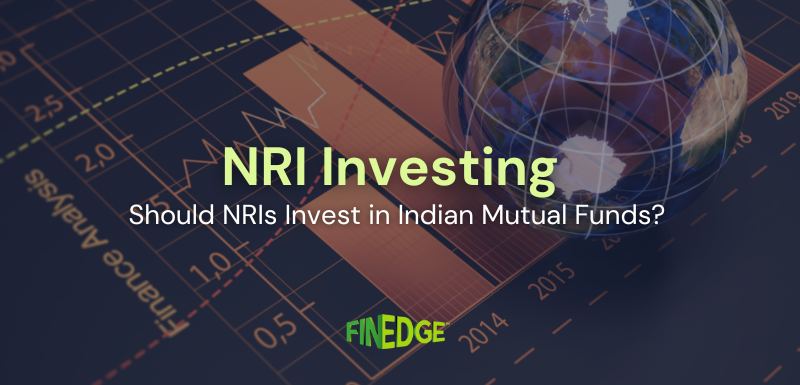How to select the best type of debt mutual fund for your needs

With declining returns from traditional savings, debt mutual funds are gaining popularity, with investments rising by 31% last fiscal. Choosing the right fund requires understanding time horizons, risk levels, and return expectations. Consulting a financial advisor can help align investments with market trends and personal financial goals.
With the recent fall in returns from traditional savings schemes and fixed deposits, more investors are showing an interest in debt oriented mutual funds than before. Per AMFI data, the last fiscal witnessed a 31% jump in the quantum of debt fund investments made by individuals, from Rs. 5.67 lakh crores to Rs. 7.45 lakh crores.
Despite their increasing popularity and acceptance, debt mutual funds remain confusing for many investors. Contributing to this confusion is the fact that debt mutual funds have numerous sub categories and rather confusing nomenclatures. Additionally, most investors are relatively uninformed about the risks associated with debt funds, and therefore often end up choosing the wrong type of debt funds for their needs. Here are a few pointers that could help you select the most optimal debt funds for your investment needs.
Define your Time Horizon
The first step towards selecting the most appropriate debt mutual fund for your needs is to define your investment time frame clearly. Are you looking to park the money for a couple of weeks or months, or are you planning to invest it for a few years? If it’s short term investments you’re looking at, you should ideally opt for liquid or ultra-short-term debt funds that provide 7-7.5% annualized returns. If you’ve got a time horizon of a year or more, you may consider short term bond funds that have slightly higher average maturities, and have the potential to deliver 1-1.5% higher annualized returns compared to liquid funds. If you’ve got a time horizon of closer to three years, you could consider dynamic bond funds or GILT funds with high average maturities, that could potentially even provide you with double digit returns, but with higher interim volatility.
Choose your risk level and frame returns expectations accordingly
All debt funds do not carry the same level of risk, and any debt fund that has the potential to deliver higher returns also carries with it a higher chance of your capital coming down in the near term. Primarily, debt mutual funds carry two kinds of risks, namely – interest rate risk, and credit risk. The first arises from bond prices fluctuating due to changes in underlying interest rates, whereas the second from the possibility of bonds held within the mutual fund’s portfolio defaulting. Recently, BILT defaulted on its long-term debt, leading to a huge drop in the NAV’s of some debt mutual funds that were holding it within their portfolios. If you’re a savvier debt fund investor with a clearer understanding of the risks involved, you could opt for lower credit rating or higher maturity debt funds, that have the potential to deliver higher returns. If you’re a novice investor with a low tolerance for risk, or if you’re only just transitioning from Fixed Deposits for the first time, you’ll do well by sticking to funds that invest into only highly rated papers, with a low to moderate average maturity – even at the cost of earning lower returns.
Consult with a professional Financial Advisor
Debt Mutual Funds can be tricky. A fund that has done well in the past two years may underperform in the next two years, whereas a fund that didn’t quite do well in the recent past may be poised to outperform its peers going forward. The future performance of debt funds depends upon multiple dynamics, such as the outlook on interest rates, and on the possibility of widespread credit rating transitions due to improving or slackening corporate fundamentals. Your Financial Planning Manager at FinEdge can help you take a call on which debt mutual fund fits your investment time horizon and risk profile the best, keeping the future outlook for fixed income markets in mind. Feel free to get in touch with us.
Your Investing Experts
Relevant Articles
Types of Debt Funds in India
Debt funds in India offer something for everyone, from overnight investors to those with long-term goals. Knowing the types of debt funds can help you align your choices with your financial plan.
Should NRIs Invest in Mutual Funds in India?
India’s economy is entering a powerful growth phase, and NRIs have a unique chance to be part of it. Mutual funds make it simple, transparent, and goal-driven to participate in this long-term opportunity.
Arbitrage Funds in India: Balancing Stability and Tax Efficiency
Arbitrage funds turn short-term market inefficiencies into steady, low-risk returns. They offer a simple, tax-efficient bridge between savings and equity investments.
.png)
.png)

.png)